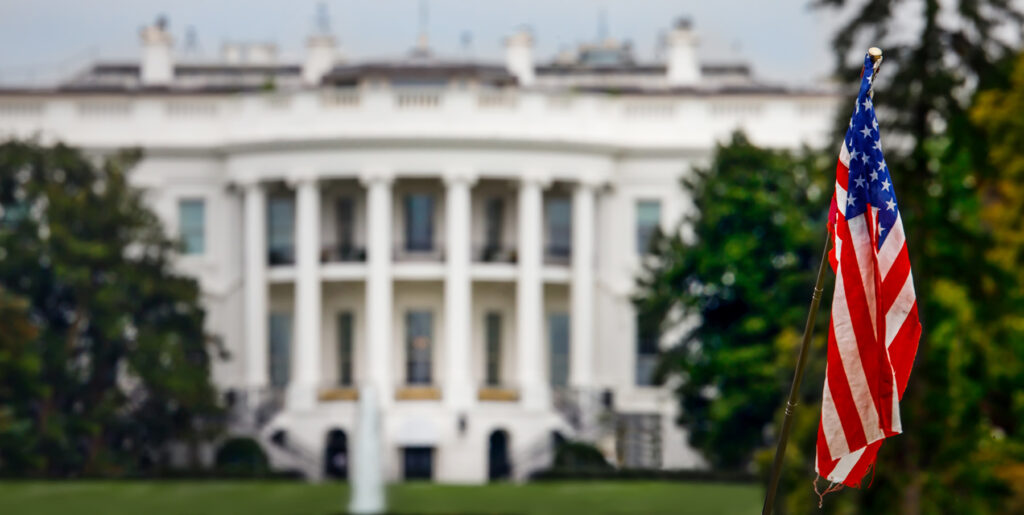With President-elect Biden set to take office shortly with a Democrat-controlled House and Senate, many are wonder about what tax policy changes are likely to be enacted.
While the policies of the new administration are expected to have a big effect on both the U.S. economy and U.S. financial markets in the months and years ahead, short-term shifts in leadership should not impact a long-term investment strategy. However, this doesn’t mean that investors should overlook importance of changes to government policies.
Here are some things about how President-elect Biden’s administration may move forward, based on his campaign platform.
The legislative branch of the U.S. government will likely support Biden’s agenda for at least the first two years of his presidency (until the 2022 mid-terms). Biden has already promised significant fiscal stimulus in the early days of his administration. Such stimulus would give a limited (but much-needed) boost to the U.S. economy.
During the campaign, Biden said that tax reform will be a top priority. Similar to fiscal stimulus, taxation falls under the scope of the federal budget. Revisions to the tax code may be passed by a simple Senate majority (as opposed to the 60-vote threshold required for non-budget-related laws). The Democrats’ slim majority in the Senate means they will likely be limited to making budget-related changes unless the Party eradicate the filibuster (which allows the minority party to defeat a bill proposed by a majority of less than 60 votes by retaining control of the Senate floor during debate) and reduce the threshold for all law-making to a simple majority. This step would have long-term consequences for partisanship in the legislative process well beyond any changes to tax law.
Request a no-cost, no-obligation advisor consultation today!
Biden’s platform focuses on reducing household financial risks that tend to increase the length and severity of challenging economic periods, such as elder- and childcare reform, family leave benefits, unemployment insurance, and bankruptcy laws. His tax plan would support these priorities, as it proposes the creation of tax credits for childcare, first-time home purchases, and retirement savings, as well as for expanding the Child Tax Credit. He also intends to repeal the income-tax cuts granted to high-income earners since 2018—and partially repeal corporate tax cuts—while increasing capital-gains taxes on ultra-high-income earners. Some Americans (mostly those who live in high-tax cities or states) may be able to offset some (or all) of these tax hikes, as Biden’s plan also intends to repeal the $10,000 cap on state and local (SALT) tax deductions.
Biden’s healthcare plan includes setting up a public health-insurance option—modeled after Medicare and administered by the U.S. government—that will be available in addition to established private health insurance. His plan would also prevent pharmaceutical companies from raising drug prices faster than the rate of inflation grows. It also proposes to reform the patent system in order to boost the availability of cost-effective alternatives to prescription drugs.
With respect to the COVID-19 pandemic, Biden has promised to work alongside (and follow the advice of) top government scientists. This suggests that the U.S. Centers for Disease Control and Prevention (which came under political influence as public health conditions worsened this year) may regain some of its previous independence. Biden also plans to set up a Pandemic Testing Board to organize COVID-19 testing across the country. He also pledged to cover COBRA health insurance payments for Americans who have lost their jobs as a result of the pandemic.
Democrats and Republicans have stated that they will work together to prioritize U.S. manufacturing via the tax code. Both parties have also said that they intend to rely on Medicare’s centralized bargaining power as a means to drive down prescription drug prices.
What Should Investors Do?
It won’t be a surprise if Biden’s plans are refined further before they are carried out. Still, government decisions on monetary and fiscal policy have been creating longer-term structural changes to the global economy. One major factor has been the combination of significant U.S. government bond issuance and the Federal Reserve’s accommodative monetary policy in the face of low inflation expectations. This has had a ripple effect on everything from bond markets and bank stocks to the U.S. dollar’s primacy in global trade…and more.
Some aspects of financial planning (such as estate and tax planning) should be reassessed during times of political exchanges of power. But, when it comes to the markets, investors should pay attention to the fundamentals (as well as their own goals, risk tolerance, and time horizon), and ignore the politics.
Before making changes to your portfolio based on the outcome of the presidential election, why not talk with one of our advisors? Click here to schedule a no-cost, no-obligation appointment.


